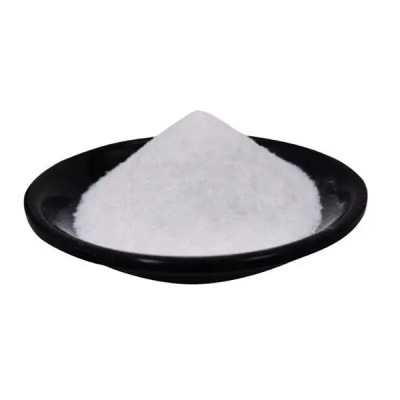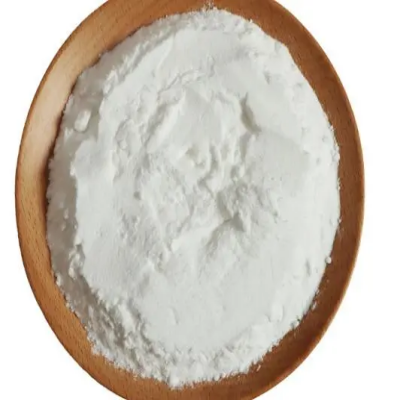TRIAMYLAMINE CAS:621-77-2
Triamylamine, with the chemical formula C15H33N, is an organic compound belonging to the class of tertiary amines. Its structure consists of a nitrogen atom bonded to three amyl groups (pentyl chains), making it notably hydrophobic. This compound can be synthesized through the reaction of ammonia with isopentyl alcohols or other related compounds, which leads to its unique molecular configuration. One of the notable characteristics of triamylamine is its strong and peculiar fishy odor, which is reminiscent of certain seafood products. This odor arises from its structural properties and biochemical behavior, and it can also occur as a result of bacterial decomposition of proteins where amino acids are involved. As a result, triamylamine is often scrutinized in food safety assessments, particularly in the context of seafood freshness. In industrial applications, triamylamine plays a versatile role. It is employed in the production of several chemical intermediates, including pharmaceuticals and agrochemicals, serving as a building block for synthesizing more complex molecules. Additionally, it is used in formulating surfactants which have applications in detergents and cleaning products due to its ability to reduce surface tension. Moreover, triamylamine has implications in the field of environmental chemistry, where it may serve as a marker for pollution due to its occurrence in wastewater. Research continues into its biological effects and potential health impacts, as well as methods for mitigating its presence in contaminated environments. Overall, while triamylamine has useful industrial applications, its sensory properties and potential implications for food quality make it an important compound in both chemistry and food science.



| Composition | C15H33N |
| Assay | 99% |
| Appearance | white powder |
| CAS No. | 621-77-2 |
| Packing | Small and bulk |
| Shelf Life | 2 years |
| Storage | Store in cool and dry area |
| Certification | ISO. |









